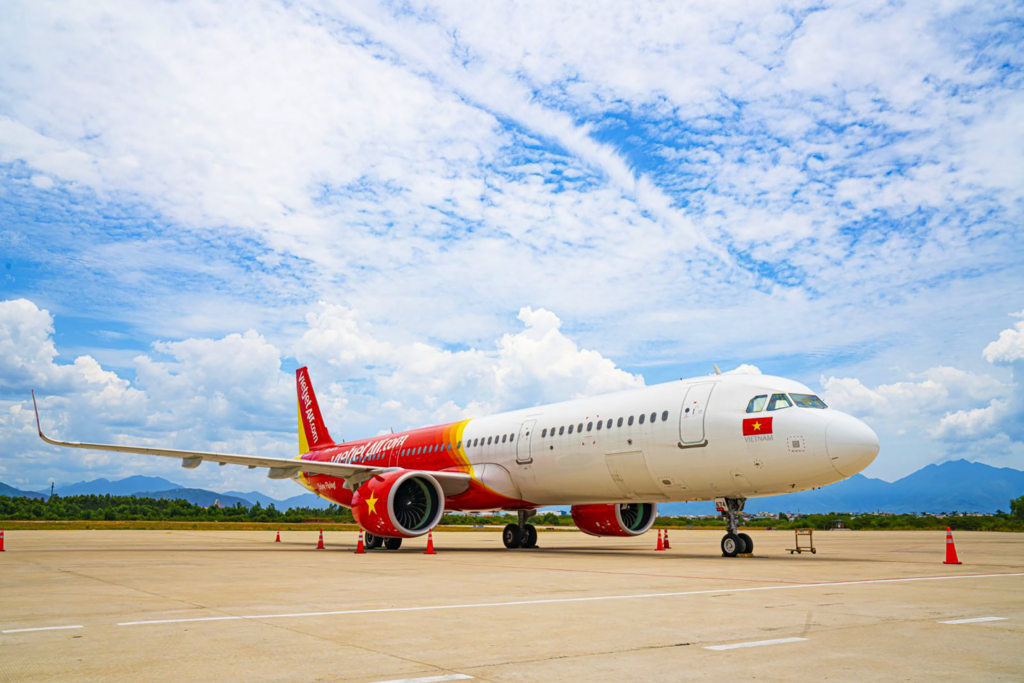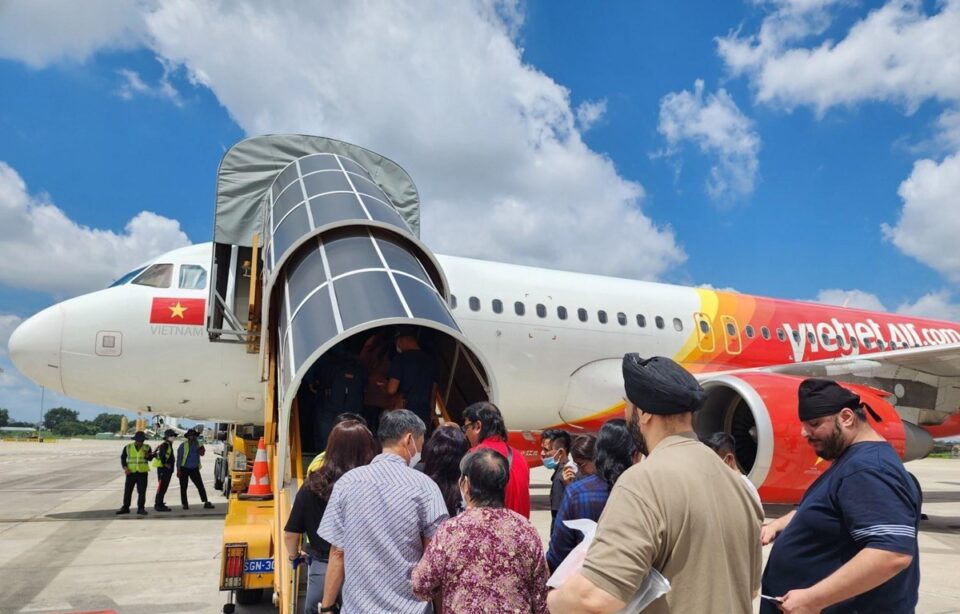To produce both revenue and profits, Vietjet is using the low-cost carrier model.

Australia’s budget-conscious tourists are taking a huge liking to Vietnam’s ultra-low-cost airline Vietjet, which offers round-trip tickets from Sydney and Melbourne to Ho Chi Minh City for as little as AU$200 ($132), taxes, and fees. Certainly, this is increasing the revenue side of the balance sheet, but what about the airline’s bottom line?
For the first quarter of this year (Q1/2023), Vietjet released its financial results today. By taking advantage of low prices and increasing capacity before demand, Vietnam’s top low-cost carrier is successfully competing in the market. To restore the region back to where it was before the epidemic, it is hoped that some other Asian airlines who are lagging behind will catch up.
far in advance of Q1 2022
The first quarter saw Vietjet’s air transportation revenue climb by 286% and 320% year over year, respectively, to VND12,880 billion (about $553 million) and VND168 billion ($7.2 million) in after-tax profit. The company’s consolidated sales, which was VND12,898 billion, and its after-tax profit, which was VND173 billion ($7.4 million), were not significantly higher.
Following the LCC strategy to the letter, Vietjet generated 33% of its revenue from the sale of auxiliary goods and services.The airline carried close to 5.4 million passengers between January and March on 31,300 flights, up 57% and 75% from the same figures in 2022. Vietjet claimed to have a technical reliability record of 99.59% and an average passenger load factor of 85%, albeit neither claim is specifically explained.
There are currently 77 Airbus aircraft in its fleet, including 18 A320-200s, 36 A321-200s, 18 A321neos, and five widebody A330-300s. This year, it plans to increase that to 87 aircraft, including nine more A330s to accommodate the ongoing development and growth on the global scale. It carried 20.5 million passengers on 116,260 flights in 2022, and it anticipates carrying 25.7 million passengers on 139,513 flights this year.

Introducing foreign routes is crucial.
In complete contrast to many Asian airlines, Vietjet’s foreign expansion now accounts for over 45% of passenger income and 30% of its overall flight and passenger numbers. The LCC added 10 new routes, four domestic and six international, in Q1/2023, expanding its network to 55 domestic and 50 foreign lines.In addition to introducing new destinations in high-performing markets like Japan, South Korea, and Thailand, Vietjet has inaugurated new routes from Vietnam to India, Kazakhstan, and Australia. With a 40% market share of domestic travel in Vietnam, it boosted the frequency of the primary trunk route between Ho Chi Minh City (SGN) and Hanoi in the first quarter of this year.
At the end of March, Vietjet had assets worth $2.96 billion, or more than VND69,200 billion, and a debt-to-equity ratio of 1.It has not always been easy getting here, but the airline claims its projects to boost performance and control operating costs “contributed to the good performance in Q1/2023. In its outlook for the remainder of 2023, Vietjet stated that it plans to expand significantly in the global market, as well as to investigate and invest in high-potential routes while also developing brand-new ones.




